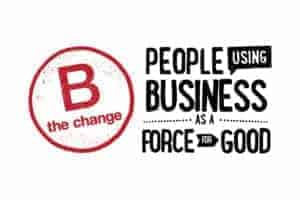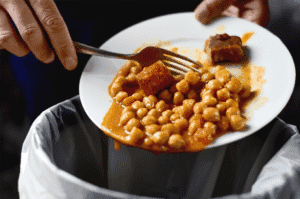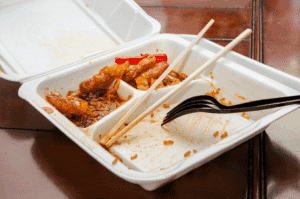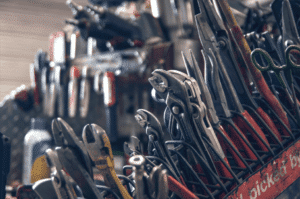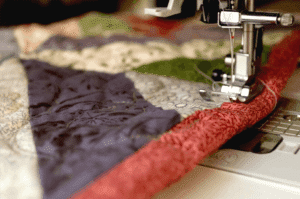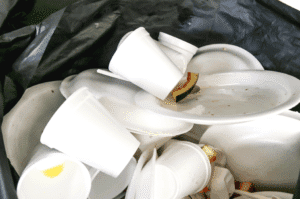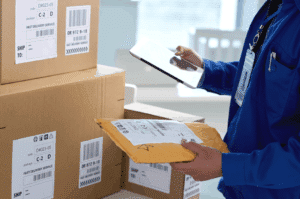How To Recycle Mattresses On A Budget
Sometimes an affordable way to join the recycling movement is all we really need.
Recycling can get expensive fast, especially if you’re hauling away an entire-truck load of junk or driving to multiple recycling depots. Rising cost of fuel and standards of living can make recycling seem out of reach for the average Canadian. However, here are some tips we have to help you recycle your old mattress on a budget. Together, we can reduce illegal dumping in our neighbourhoods!
1. Transport the mattress by yourself
A cost-effective way, transporting your own mattress to a recycling facility can save you money on a pickup service. If you have a truck, or know someone who has one, use it to transport your old mattress to a nearby recycler. Even if you don’t have a truck, consider renting a U-Haul for a few hours.
2. Ask a friend or family member for a favour
Transporting a mattress (or two) can be difficult, especially considering how heavy they are! Also, if you don’t have a reliable vehicle, we recommend asking a friend or family member for help. Treat them out to a drink or two, or a lunch or dinner, as a way of saying thanks. Altogether, you’ll be saving a lot of money on vehicle rentals, gas, and labor costs that would normally come with hiring a pickup service.
3. Compare mattress disposal service prices
Most junk removal companies offer mattress disposal services. These services include at-home pickups where they send professionals to haul your mattress away. They also include recycling services, making sure your item gets sent to the recycler instead of a landfill. However, pricing can be complicated. Some companies charge by weight of the load or by item only. Depending on what you want recycled, and the quantity, certain services may be more suitable for your needs.
4. Look into producer take-back programs
Did you know about IKEA’s mattress take-back program?
If you buy a new mattress from IKEA and have it delivered to your house, you can also off-load your old mattress onto them. Their professional crew will take your old mattress out and swap it with the new one. Then, IKEA will send the used mattresses to the appropriate recycler in your area.
5. Check your city’s large item pickup program
Cities like Surrey and Langley have special large item pickup programs. Each year, residents can get the city staff to haul away up to 4 large items for free. Mattresses and furniture are popular items that get taken away by these programs. Rest assured, most cities will dispose of your old beds at a recycler.
Remember to check your city’s specific large item pickup program, or inquire if they have one.
Bonus: Drop off your mattress at a junk drop-off event
Cities may hold free junk drop-off events throughout the year to encourage recycling of larger, harder-to-recycle items.
For example, the City of Surrey’s annual Pop-Up Junk Drop-Off days occur in the summer. These events attract hundreds of residents who have an old bed or two that need disposing of. Simply make sure you qualify to attend events like these, bring necessary ID, and come prepared with your junk.
Commonly Asked Questions
Can I just donate my old mattress to a second-hand store?
We get this question a lot – and unfortunately, we have to say ‘no’. Due to sanitary reasons, and the difficulties in cleaning an old mattress for reselling, many organizations and reuse stores do not accept mattresses. Even if they do collect them, they throw the mattresses into landfills or arrange a pickup with a mattress recycler.
Old mattresses can be unsanitary, mouldy, and/or contain bed bugs and other pests that these businesses and charities do not want to deal with.
Can I donate my furniture to a store?
Yes, furniture is a different story compared to mattresses. There are organizations around that take furniture donations, and refinish them to sell in their restores. Habitat for Humanity comes to mind. These furniture end up in someone’s home, instead of the landfill.
Can I just leave a mattress on the side of the road / in an alley? Someone put one there before and the next day it was gone!
We do not recommend dumping mattresses in this manner! This is considered illegal dumping and you can be fined, if caught. Even if you’re not caught, randomly dumping mattresses can attract pests or cause the spread of pests, if your mattress has bed bugs. This is a massive sanitary issue, therefore we recommend you follow the correct procedures to dispose of your mattress.
A common thought is that, if you see someone illegally dump a mattress, and it disappears the next day, that someone must have taken it to use, right?
On the contrary to popular belief, these mattresses are rarely “picked up” by someone looking for them. Most people do not pick up mattresses or furniture off the streets due to concerns of pests. Similarly, if it rains overnight, then the mattress cannot be used anymore.
In reality, when illegally dumped mattresses are spotted by residents, city staff are called in to haul them away to the landfill. So if you illegally dump a mattress, and it vanishes the next day, it’s not because someone has taken it to use. It’s because the city has come by to clean up your mess.
Conclusion
We hope that this blog post is helpful in your spring cleaning efforts this year. When we all do our part to dispose of our junk responsibly, it keeps our city streets clean, and our environment greener. We end up reducing our greenhouse gas emissions, and diverting waste from landfills. Sometimes recycling mattresses can seem a daunting task, especially if you’re on a budget. We hope that this blog gives you ideas on how to recycle them. From taking advantage of city drop-off events to using their large item disposal program, there are many ways to keep costs down while you go about your cleaning!
Canadian Mattress Recycling Inc. is Metro Vancouver’s only mattress recycling facility, located on Annacis Island. We work with cities and community partners to divert mattresses from landfills. We recycle over 95% of every mattress we receive through our doors. Since 2011, we’ve recycled over 25 million lbs of mattresses and supported over 90+ community organizations around the world. Join in our conversation on Twitter and Facebook!


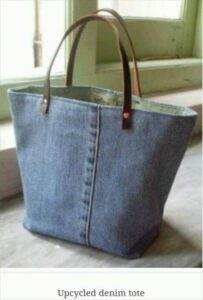
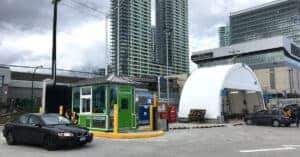


















 Whether you’re on vacation or working in tourism, consider supporting companies that do their part for the environment. When vacationing, thinking about sustainability and the environment may be the last thing on your mind. However, we urge you to research your trips and destinations, and make sure your money is being spent on sustainable tourism operators instead of ones that abuse wildlife or the environment.
Whether you’re on vacation or working in tourism, consider supporting companies that do their part for the environment. When vacationing, thinking about sustainability and the environment may be the last thing on your mind. However, we urge you to research your trips and destinations, and make sure your money is being spent on sustainable tourism operators instead of ones that abuse wildlife or the environment.

